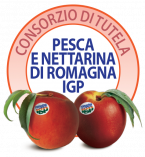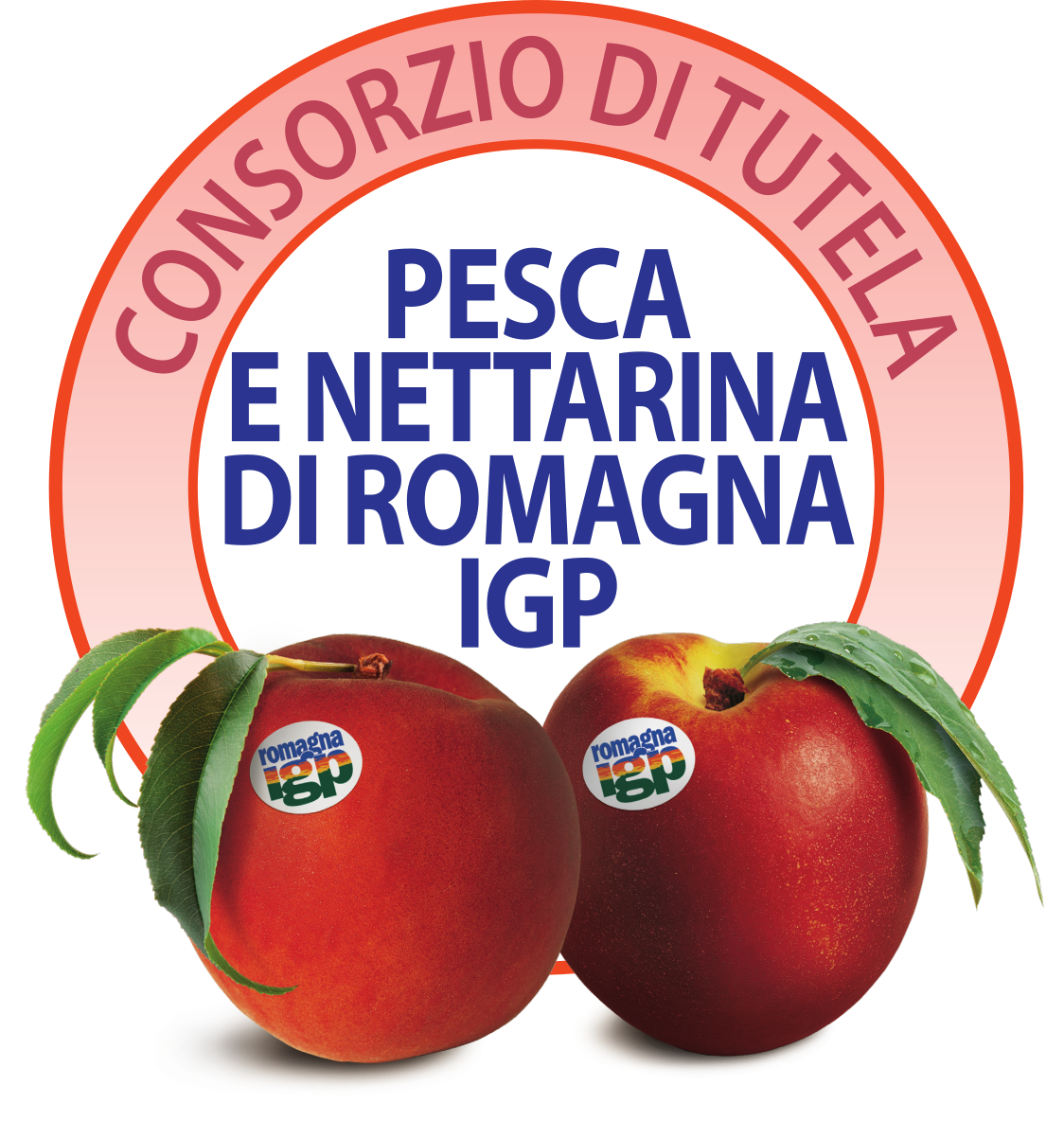A fruit that has made Romagna great
The introduction of the peach tree in Europe is attributed by some to Alexander the Great following his expeditions against the Persians, while others believe that the Greeks introduced it in Europe from Egypt; others yet again say that it spread to the west thanks to a Chinese military expedition dated 139 B.C. in the North of Afghanistan, from where it would have rapidly reached the west thanks to the speed at which it reproduces by seed. (C. Fideghelli , Frutticoltura Speciale, REDA- 1991)
Some essays on fruit farming indicate China as the country of origin of peaches rather than Persia, since in the latter there are no wild peach trees to be found. While in China the peach tree is worshipped; it is the tree of good and evil; it is grown a lot, but the fruit is mediocre. Today, this fruit has produced numerous varieties among which we would like to highlight the “nocepesca” (nectarine) which (according to stories recounted by ancient peoples) was produced through a process of grafting.
The origin of Italian fruit farming
To better understand and get to know the origins of industrial fruit farming in Italy, Emilia Romagna must be taken as a point of reference, since here, between the end of the ‘800s and the beginning of the ‘900s, in the province of Ravenna and in the municipality of Massa Lombarda in particular, the first fruit orchard plantations began to be cultivated, and consisted mostly of peach orchards.
The history of Italian fruit farming starts here, and it begins with peaches, which have represented an incredible driving forced for this sector, which grew from the beginning of the ‘900s until it reached levels that are unparalleled in Europe.

The first peach orchard plantation
It was established in Massa Lombarda by Giuseppe Gianstefani in 1898. At the time, it was a modest plantation of about three hectares. Two varieties were grown, the Buonincavato early and late varieties. In 1904, Adolfo Bonvicini planted 10 hectares of peach trees and, with the purpose of studying and learning to better manage peach cultivations, he created trial orchards, whose results served to expand the cultivation of fruit trees on his land. With his work Adolfo Bonvicini, saw great opportunities for the land in Massa Lombarda for the cultivation of peaches and of fruit trees in general. The example of Adolfo Bonvicini, after the initial scepticism, was copied by other farmers in the area. By now industrial fruit farming had become established in the area.
Along the lines of Massa Lombarda, Peglion remarks, many offshoots took inspiration in the nearby areas and in the flatlands in the nearby provinces of Ferrara, Bologna and Forlì, offshoots that became almost as vigorous as the parent strain.
From 1922 onwards, specialised fruit farming extended to the whole of food farming in the municipalities of Lugo, and Bagnacavallo Conselice. In the area of Cesena, at the beginning of the ‘20s, a drive towards industrial fruit farming was felt, and the cultivation of peach trees expanded from 170 hectares to 1550 hectares in the decade between 1923-1933. Analysing the production evolution of the cultivation of peaches and nectarines in Italy from the period after the war to the ‘80s it is easy to see how Emilia Romagna has always had a dominant role in this kind of cultivation compared to other regions.


